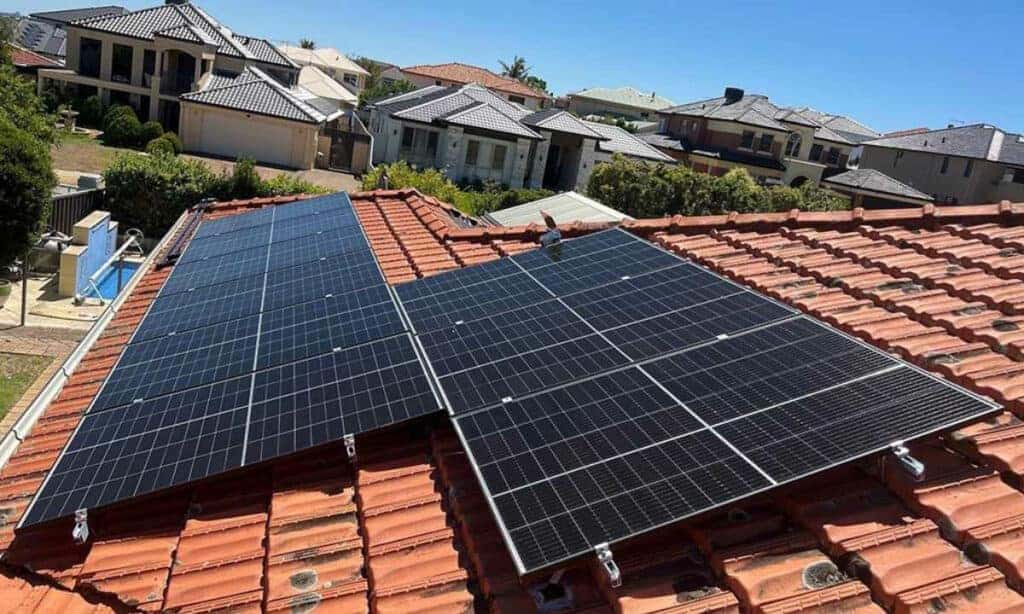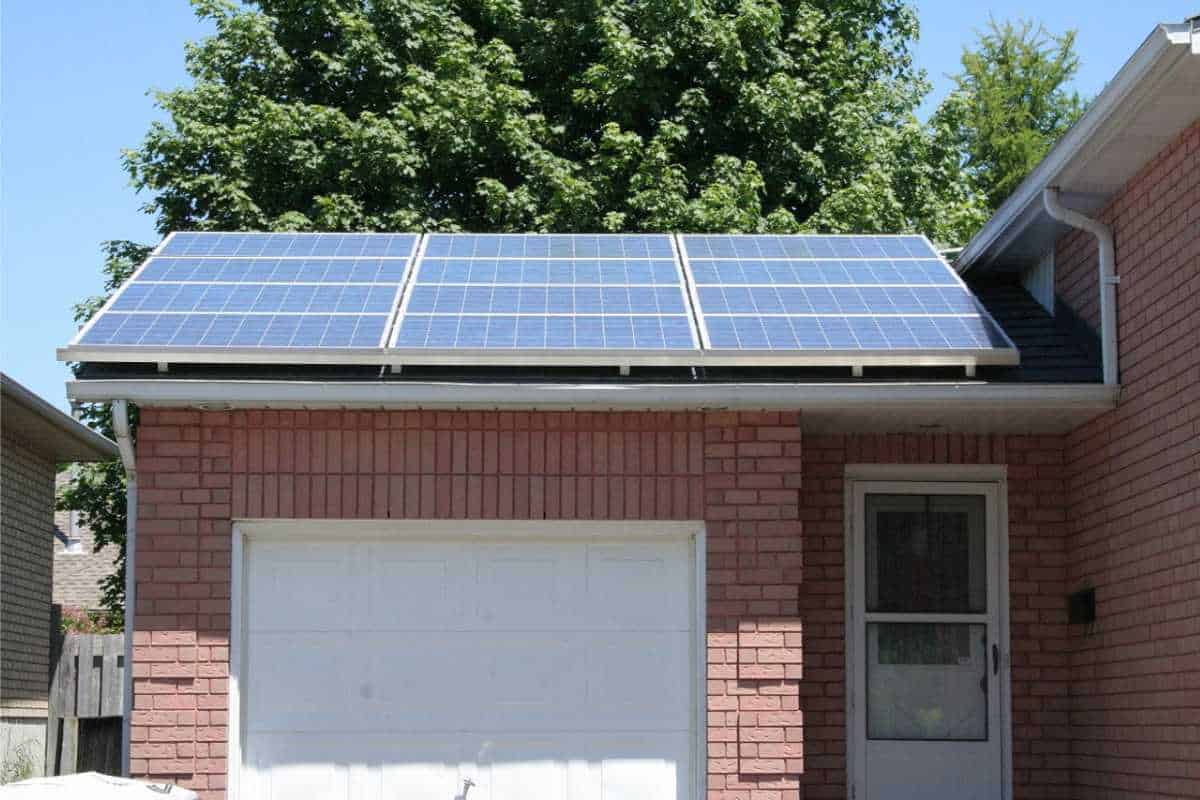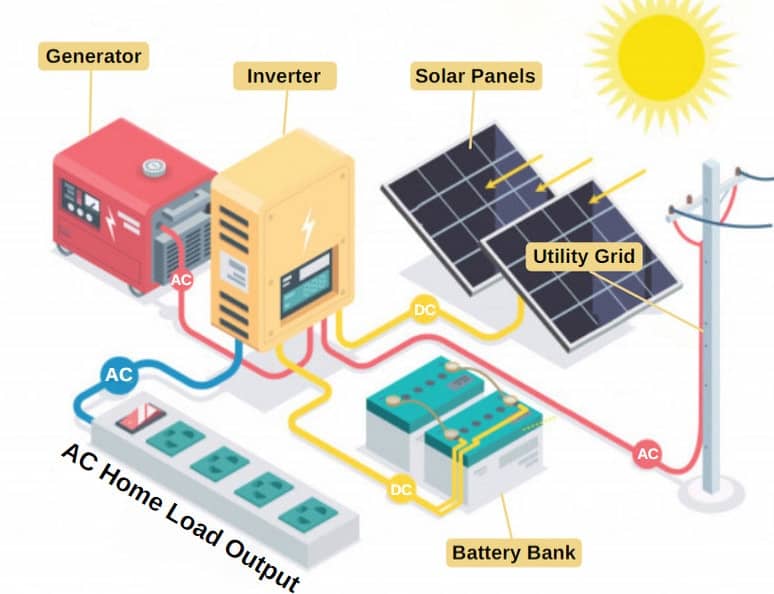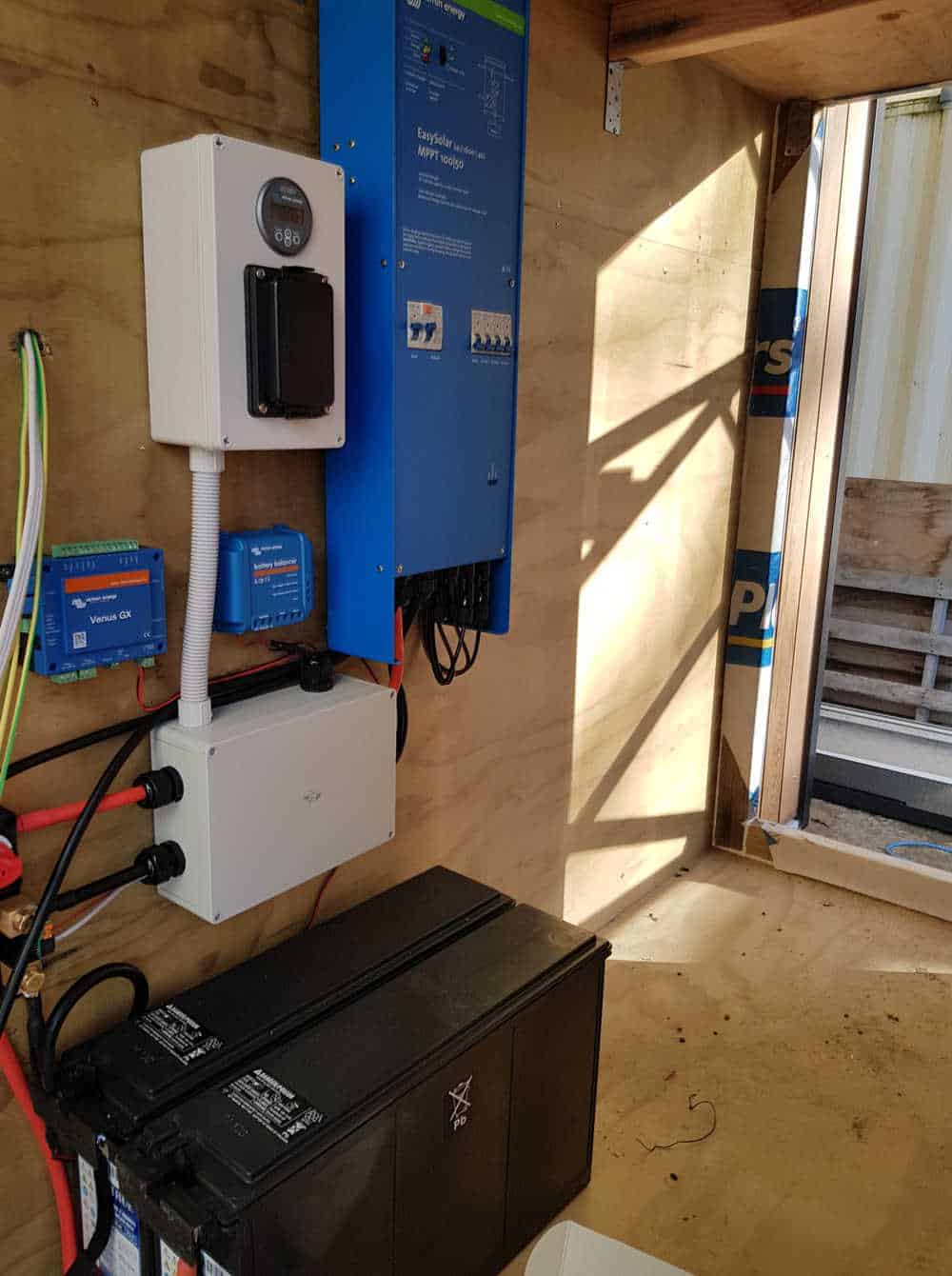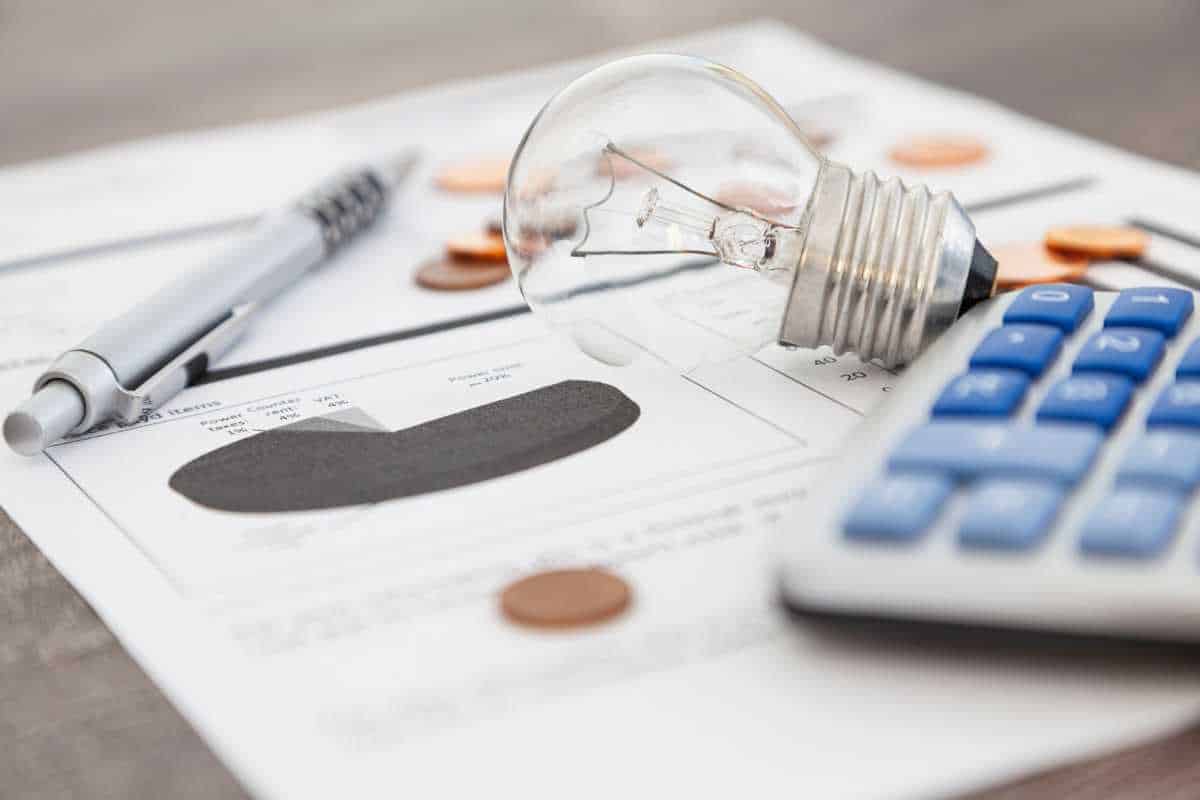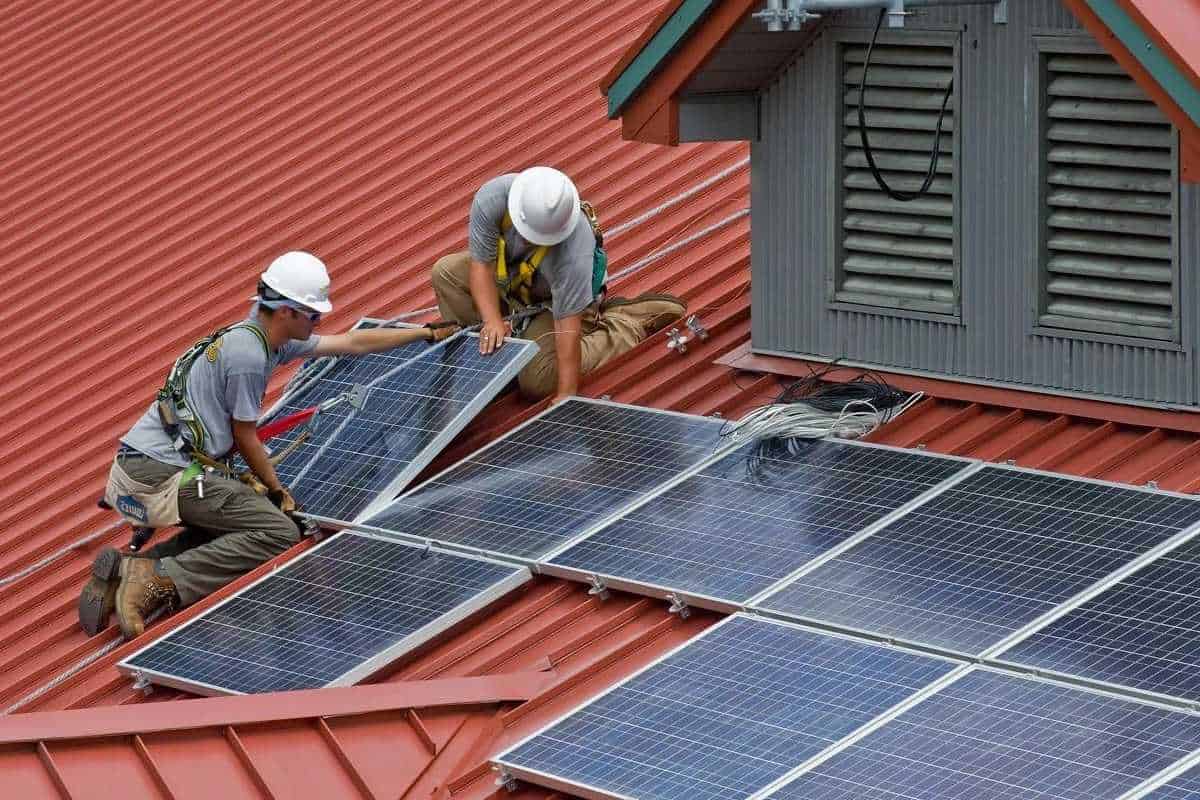Solar energy is growing popular by the day as more and more Americans look for ways to save on their electricity bills while reducing their carbon footprints. Perhaps that thought has crossed your mind as you’re playing the field, trying to know what’s what and who’s who. Or maybe you’re wondering what a 10 kW solar system can do.
And you’ll be in the right place because we’re talking about 10 kW solar panel systems, how they work, and how much they cost. So, strap in, and let’s get to it!
What is a 10 kW Solar System?
A 10 kW solar panel system is a photovoltaic (PV) system with a total capacity of 10 kilowatts (kW). In this context, “capacity” means that at its peak performance, a 10kW solar panel system can produce 10 kilowatts of power.
But do you always get this level of performance? No, for the PV system to generate 10kW of electricity, it has to operate under its ideal conditions.
Below are some of the factors that affect the performance of a 10 kW solar system:
- Solar Irradiance: For your 10 kW solar panel system to keep producing 10 kW of energy, you’ll need lots of high-quality sunlight. The level of sunlight available to you depends on your geographic location, the season, and the time of the day. You can’t control the sun’s position in the sky, but you can adjust your solar panels to get the most sunlight.
- Tilt Angle and Solar Panel Orientation: Your PV panel’s tilt angle directly affects how much sunlight it absorbs. To get the most absorption, you may want to tilt your PV based on your current latitude. But the best option is to get PV mounts with sun trackers.
- Shading: Shading results from sunlight obstruction. Sources of shading could be buildings, trees, hills, etc.
- Dust, Dirt, and Leaves: Debris on your solar panels makes solar absorption difficult. To avoid this inconvenience, you should clean your solar panels regularly.
- The Efficiency of the Solar Components: A 10 kW solar system is made of multiple components, all working together to generate clean electricity. High-efficiency components will get you close to the 10 kW capacity.
What Can You Power With a 10 KW Solar System?
Some homes get by fine with a 5 kW solar panel system. So you can imagine what you can do with a system that has twice that capacity.
A 10 kW solar system could provide enough electricity to power all sorts of equipment, including:
- Grid-tied and off-grid residential homes
- Small to medium office spaces, shops, and small businesses
- Irrigation systems for farmers
- Electric vehicle (EV) charging
- Small workshops
How Does a 10 KW Solar System Work?
A 10 kW solar system is made of many different parts that work together to generate 10 kilowatts. Why don’t we look at all the components involved and how they play their part in keeping your light bulbs on?
Solar Panels
These are the most visible components of any PV system. They sit on the roof and soak up all that sunlight. They have photovoltaic cells that convert sunlight into electricity. But hold your horses; this form of electricity is not ready for use yet because it is in direct current or DC form. For a 10 kW solar system, you’ll need a solar array that adds up to 10,000 W or 10 kW.
Mounting Brackets
If you were to place solar panels on a slanted roof, they would probably slide right off. To hold them in place, you need mounting brackets. These metallic contraptions serve two purposes: they secure PV panels and maintain their tilt.
Charge Controller (for systems with batteries)
If you’re running an off-grid 10 kW solar panel system, you’ll need batteries to store electricity for nighttime use. If this is your system, you’ll also need a charge controller to regulate how much power gets into your batteries. Your battery pack’s size will determine the size of your charge controller.
Battery Pack
Batteries are an excellent backup plan. With them, you can still enjoy solar power at night. The size of your battery pack will depend on your energy requirements and how many power backup hours you need.
Inverter
Until this point, the power is in DC form. We have yet to use it because modern appliances consume alternative current (AC). The inverter converts unusable DC power to consumable AC power. For a 10 kW system, you’ll need an inverter with a rating of at least 10 kW.
Monitoring System
With your monitoring system, you can track the health and performance of your solar panel system. It informs you of how much power your system is generating and potential issues in the system.
Net Meter (for grid-tied systems)
The net meter represents the relationship you have with your local grid. It measures how much power you export to the grid and how much of their electricity pull from them. When exporting power during the day, the net meter will wind backward. At night when you’re using the grid’s power, it winds forward.
Wiring and Connectors: All these components are tied together by an intricate network of wires and connectors. They carry the electricity you generate (AC or DC) throughout the system.
Safety Equipment
Solar or traditional; electricity is dangerous. To keep your home or business safe, your 10 kW solar panel system will include a myriad of safety disconnect switches and surge protectors.
How Much Does a 10kW Solar System Cost?
According to Solar Reviews, it costs an average of $3.00 per watt to install a solar panel system in America. Adjust this figure to 10,000 watts, and you get a potential bill of $30,000. This is the price before you consider any federal or local solar incentives.
Every U.S. resident who installs a PV system is entitled to a tax reduction worth 30% of the value of the newly-installed solar panel system. This is the federal Investment Tax Credit, and it takes $9,000 off your next tax return, effectively reducing the average cost of a 10 kW solar panel system to $21,000.
Remember, these are only average cost estimations. The actual cost of the solar panel system may vary (increase or decrease) depending on:
- Your location
- The quality of your preferred solar components
- The cost of hiring a solar panel installer
- The local solar incentives available to you
How Does a 10kW Solar System Pay for Itself
Average cost or not, $21,000 is no small coin. It is an investment that you should expect a return on. So, how does a 10 kW solar panels system pay for itself?
Reduced Electricity Bills
Solar panel systems can pay for themselves through the reduced electricity bills you enjoy.
If you normally spend $200 on your electricity bill every month, you expect to pay $2,400 a year. A 10 kW solar panel system can last you for 25-30 years. Let’s be pessimistic and calculate how much money you’ll spend on electricity for 25 years. My calculator says $60,000. And we haven’t added the potential annual increases in electricity rates.
Now the $21,000 pricetag seems like a pretty good bargain. And once you settle your books, your 10 kW solar panel system will be earning you profit until the end of its shelf life.
Earning Solar Renewable Energy Credits (SRECs)
Another way your 10 kW solar system can pay for itself is by earning you Solar Renewable Energy Credits (SRECs). These are points you earn for every megawatt hour your solar panel generates. You can accumulate your SRECs for years and sell them for cold cash. The value of your SRECs depends on the state you live in.
At the time of writing, SREC trade is available in Pennsylvania, Maryland, D.C., Ohio, and Virginia.
Solar Incentives
We’ve already discussed the ITC tax credit and how it can reduce the cost of your solar panel system. But there are other solar incentives that can save you money in the long term. Some cities offer property tax exemption programs that will save you a lot of money. Your 10 kW solar system bumps up your property value, but the increase does not reflect in your property taxes; sweet deal.
How to Pay for a 10kW Solar Panel System
$21,000 is a pretty penny, and not everyone has access to that kind of money. But when it comes to buying a solar panel system, you have many options at your disposal, including:
Buy in Cash
This is the best method of acquiring solar when you have the money. You get day-one savings on your 10 kW solar system, and you own the PV system outright. With this option, you might want to check on the warranty and find out the arrangement with system maintenance and installation.
Solar Loan
Some installers and financial institutions offer solar loans where they let you put some money down, and you pay the balance in installments. The risk here is that you’re exposed to interest and repossessions.
Leased Solar
Some installers will let you use their solar panel systems for a monthly fee. They install and maintain the system at no cost to you. Since the monthly fee is usually lower than your monthly bill, you get to enjoy day-one savings on your electric bill. And since you don’t have to put money down, it is cheap in the short term. But you can’t claim solar incentives or SREC points.
Final Thoughts: Should I Get a 10kW Solar Panel System?
A 10 kW solar system could just be the perfect PV panel system for your home or business. But then again, it could be the wrong fit. There’s only one way to know for sure; by finding out how much energy you consume in a day and comparing that to how many hours of sunlight you enjoy in a day.
Here is Michael with a video to help you out.
You see, with solar, personalization is best. You want a solar panel system that fits your needs. Alternatively, you can consult a NABCEP-certified installer to find the best solution for your situation.

